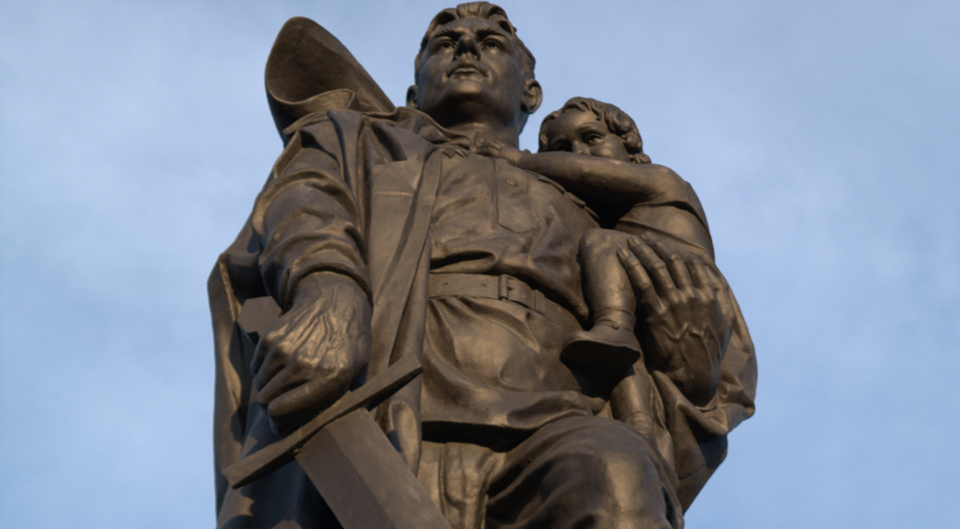
Hans and Traudel Horn promised it would be a tour of Berlin’s socialist history, and so it was. Twice I spent a long day with them on the U-Bahn and S-Bahn, trying to hear what they explained over the roar of the subway as we hurtled from monument to monument, cemetery to cemetery.
Berlin is a city of revolution and anti-fascist struggle. It is also a city of graves. Trees on one beautiful leafy hill cover the remains of 183 Berliners who fought and died on the street barricades in 1848. When they were interred in the Cemetery for the Fallen of the March Revolution, 80,000 Berliners looked on. Thirty-three others are also buried there, who died in the streets during the Revolution of 1918-19. Treptower Park’s giant cold spaces cover even more bodies – seven thousand of the eighty thousand soldiers who died in the final battle to wrest Berlin from the Nazis.
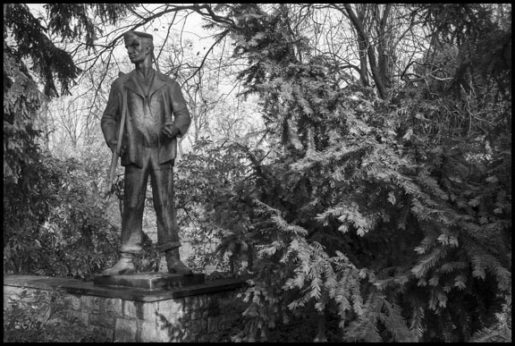
Hans and Traudel are certainly not worshippers of the dead. For these two leftwing Berliners, the graves form part of a collective memory of socialism. They force an acknowledgement of the ideas those revolutionaries died to defend. Fascism’s armies sought to bury those ideas forever, along with the people who held them, in the Nazis’ “thousand-year reich.” Treptow’s buried soldiers were among the fifty million people who died stopping them.
The city’s monuments, the Horns argue, keep people from forgetting whose ideas fueled that revolutionary fire: Berliners Rosa Luxemburg and Karl Liebknecht. Other Germans – Karl Marx and Frederich Engels, Ernst Thalmann, Kathe Kollwitz.
As we visited these sites I kept thinking of the intense fights we’ve had recently in the U.S. over our own monuments. For the last two years especially, people have fought, not to preserve monuments to a progressive past, but to get rid of those that raise up slavery and oppression.
The very fact we’ve had these struggles is evidence of a change in power. Monuments are a lesson in power. When anti-fascists had it in Berlin, they built the monuments to those who fought Nazism. But even when power shifted after reunification, and anti-fascist monuments were endangered, they could still be preserved by popular struggle, as they were in Berlin.
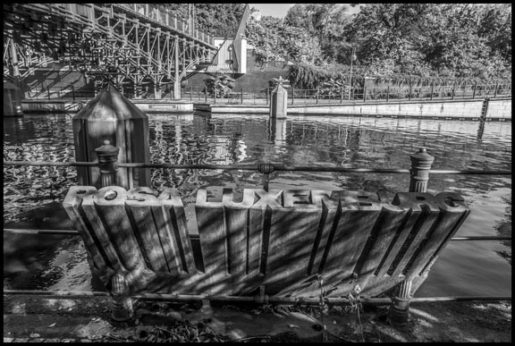
Those monuments erected to memorialize the defenders of slavery and genocide in our country also tell us about power, especially who held it during the Jim Crow and Cold War years. But now our communities are showing that there are new limits, forcing the removal of statues and flags honoring the Confederacy. The monuments to those who waged the war to make the Philippines a colony, and those who inflicted genocide on the indigenous people of California, are still standing in San Francisco. John C. Fremont High School in Los Angeles still honors the man who murdered Klamath Indians and helped take California from Mexico. But perhaps we can see a day now when these men won’t be so honored.
Looking at the way Rosa Luxemburg’s name is attached to so many Berlin places and institutions, I couldn’t help thinking about how we remember our own peoples’ history. Where are the statues to murdered slaves, and to those who led the fight against that oppression? To those who died in the genocide of Indians?
In the San Juan Batista Mission graveyard, Spanish padres deposited the bodies of the Ohlone people they’d enslaved, who died of disease and overwork. Those graves were anonymous for two centuries. Now there’s an acknowledgement of who might be buried there, yet still their names are absent. There are no stumblestones as you see in Berlin sidewalks, that keep alive the personalities of those who lived in the houses from which Nazis dragged people to their deaths.
We need the same feeling about memorials to the slaves who perished on the plantations that Germans have for those who perished in the Nazi concentration camps. Those who fought to end slavery in the Union Army (including those German revolutionaries of 1848 who’d fled to Texas) need the same honor people in Berlin accord to the Red Army that liberated their city.
Sometimes I dream about what a socialist government might do where we live. Would we have a statue of Eugene Debs, with his words from Canton jail protesting the slaughter of World War One? Would it be on the Washington Mall, as Kathe Kollwitz’ denunciation of war is on Unter den Linden, in the centermost part of Berlin? How about Lucy Gonzalez Parsons, a Black/Latina woman who led the fight for the eight-hour day after her husband was murdered by Chicago’s one-percenters for organizing workers and challenging predatory capitalism? Could we put her words on stones that would cross a Times Square pedestrian mall renamed for her, as Rosa Luxemburg Platz remembers Gonzalez’ contemporary, who fought for the same ideals?
Berliners even remember their radical history in the Reichstag – the equivalent of Washington’s Capitol building. The black bands below the names of Germany’s Communist and Socialist deputies of the 30s, and the dates of their execution, show the price they paid. Did we also have socialist Congress members like those whose names are honored in the Reichstag? How do we remember Vito Marcantonio and Victor Berger, and the others who held the same ideas and defended them in our own Congress?
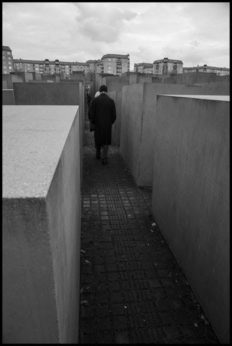
In Treptower Park I remembered the photographs of the U.S. and Soviet soldiers as they met at the Elbe River in 1945, when there was no longer an inch of Germany controlled by the Nazis. We were allies then. The photographs show the happiness and weariness of people fighting in the same anti-fascist cause, seeing across that river those who’d fought with them.
My father fought in that war, on the same side as the Red Army soldiers buried in Treptower Park. My mother edited books filled with the revolutionary ideas that inspired those who fought to end fascism. When I was a kid we listened to a scratchy record of the Songs of the Lincoln Brigade – those U.S. radicals who fought fascism in the Spanish Civil War. In “Freiheit” a verse sings of the Thalmann Battalion. All of a sudden, in Berlin, there I was, looking at his statue, albeit with its lower part covered in graffiti.
The Cold War taught us to see people on our own side, those who fought for the same ideals, as enemies. It inculcated a level of fear that made us blind to who those dangerous Germans and Soviets were. When we were taught to fear Rosa Luxemburg, or to banish her from history books, it became much easier to banish Lucy Gonzalez Parsons as well. Perhaps having statues to Stonewall Jackson and Robert E. Lee, instead of to the Texas Germans who fought in the Union Army, is connected to the absence of any acknowledgement in this country of the Soviet soldiers who died, as soldiers from the U.S. did, ending Nazism.
It’s all about class and race, and who holds power when those monuments are erected. Berliners can see it, walking through their city every day.


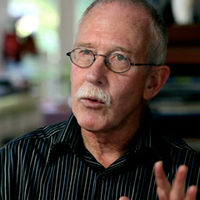


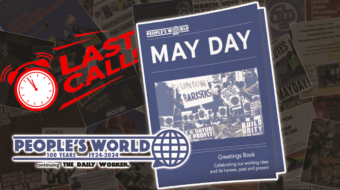






Comments